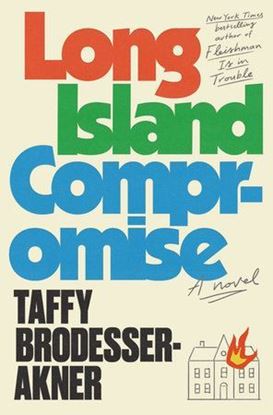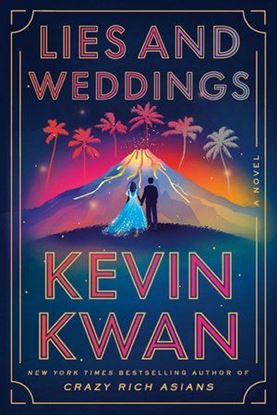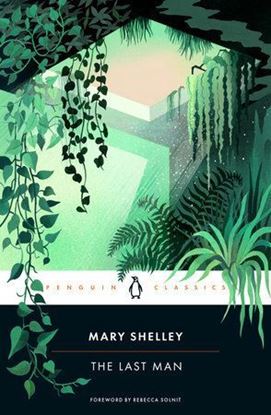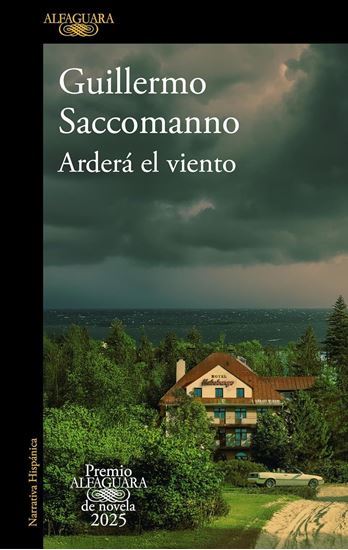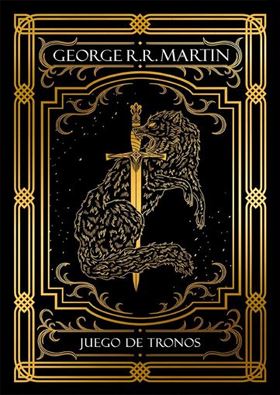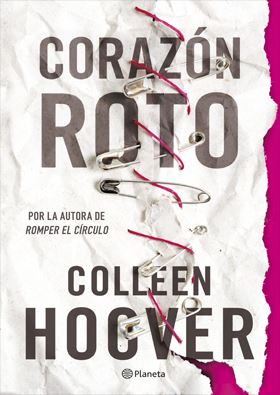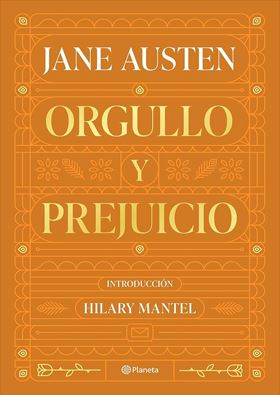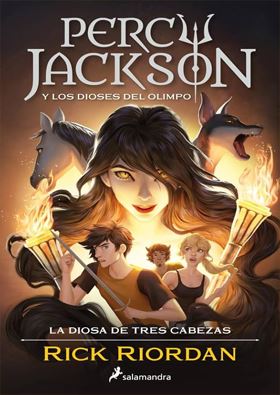

LONG ISLAND COMPROMISE
“Were we gangsters? No. But did we know how to start a fire?”
In 1980, a wealthy businessman named Carl Fletcher is kidnapped from his driveway, brutalized, and held for ransom. He is returned to his wife and kids less than a week later, only slightly the worse, and the family moves on with their lives, resuming their prized places in the saga of the American dream, comforted in the realization that though their money may have been what endangered them, it is also what assured them their safety.
But now, nearly forty years later, it’s clear that perhaps nobody ever got over anything, after all. Carl has spent the ensuing years secretly seeking closure to the matter of his kidnapping, while his wife, Ruth, has spent her potential protecting her husband’s emotional health. Their three grown children aren’t doing much better: Nathan’s chronic fear won’t allow him to advance at his law firm; Beamer, a Hollywood screenwriter, will consume anything—substance, foodstuff, women—in order to numb his own perpetual terror; and Jenny has spent her life so bent on proving that she’s not a product of her family’s pathology that she has come to define it. As they hover at the delicate precipice of a different kind of survival, they learn that the family fortune has dwindled to just about nothing, and they must face desperate questions about how much their wealth has played a part in both their lives’ successes and failures.
995
LIES AND WEDDINGS (EXP)
Rufus Leung Gresham, future Earl of Greshambury and son of a former Hong Kong supermodel has a problem: the legendary Gresham Trust has been depleted by decades of profligate spending, and behind all the magazine covers and Instagram stories manors and yachts lies nothing more than a gargantuan mountain of debt. The only solution, put forth by Rufus’s scheming mother, is for Rufus to attend his sister’s wedding at a luxury eco-resort, a veritable who’s-who of sultans, barons, and oligarchs, and seduce a woman with money.
Should he marry Solène de Courcy, a French hotel heiress with honey blond tresses and a royal bloodline? Should he pursue Martha Dung, the tattooed venture capital genius who passes out billions like lollipops? Or should he follow his heart, betray his family, squander his legacy, and finally confess his love to the literal girl next door, the humble daughter of a doctor, Eden Tong? When a volcanic eruption burns through the nuptials and a hot mic exposes a secret tryst, the Gresham family plans—and their reputation—go up in flames.
1,350
THE LAST MAN
Written while Mary Shelley was in a self-imposed lockdown after the loss of her husband and children, and in the wake of intersecting crises including the climate-changing Mount Tambora eruption and a raging cholera outbreak, The Last Man (1826) is the first end-of-mankind novel, an early work of climate fiction, and a prophetic depiction of environmental change. Set in the late twenty-first century, the book tells of a deadly pandemic that leaves a lone survivor, and follows his journey through a post-apocalyptic world that’s devoid of humanity and reclaimed by nature. But rather than give in to despair, Shelley uses the now-ubiquitous end-times plot to imagine a new world where freshly-formed communities and alternative ways of being stand in for self-important politicians serving corrupt institutions, and where nature reigns mightily over humanity—a timely message for our current era of climate collapse and political upheaval. Brimming with political intrigue and love triangles around characters based on Percy Shelley and scandal-dogged poet Lord Byron, the novel also broaches partisan dysfunction, imperial warfare, refugee crises, and economic collapse—and brings the legacy of her radically progressive parents, William Godwin and Mary Wollstonecraft, to bear on present-day questions about making a better world less centered around “man.” Shelley’s second major novel after Frankenstein, The Last Man casts a half-skeptical eye on romantic ideals of utopian perfection and natural plenitude while looking ahead to a greener future in which our species develops new relationships with non-human life and the planet.
1,250


